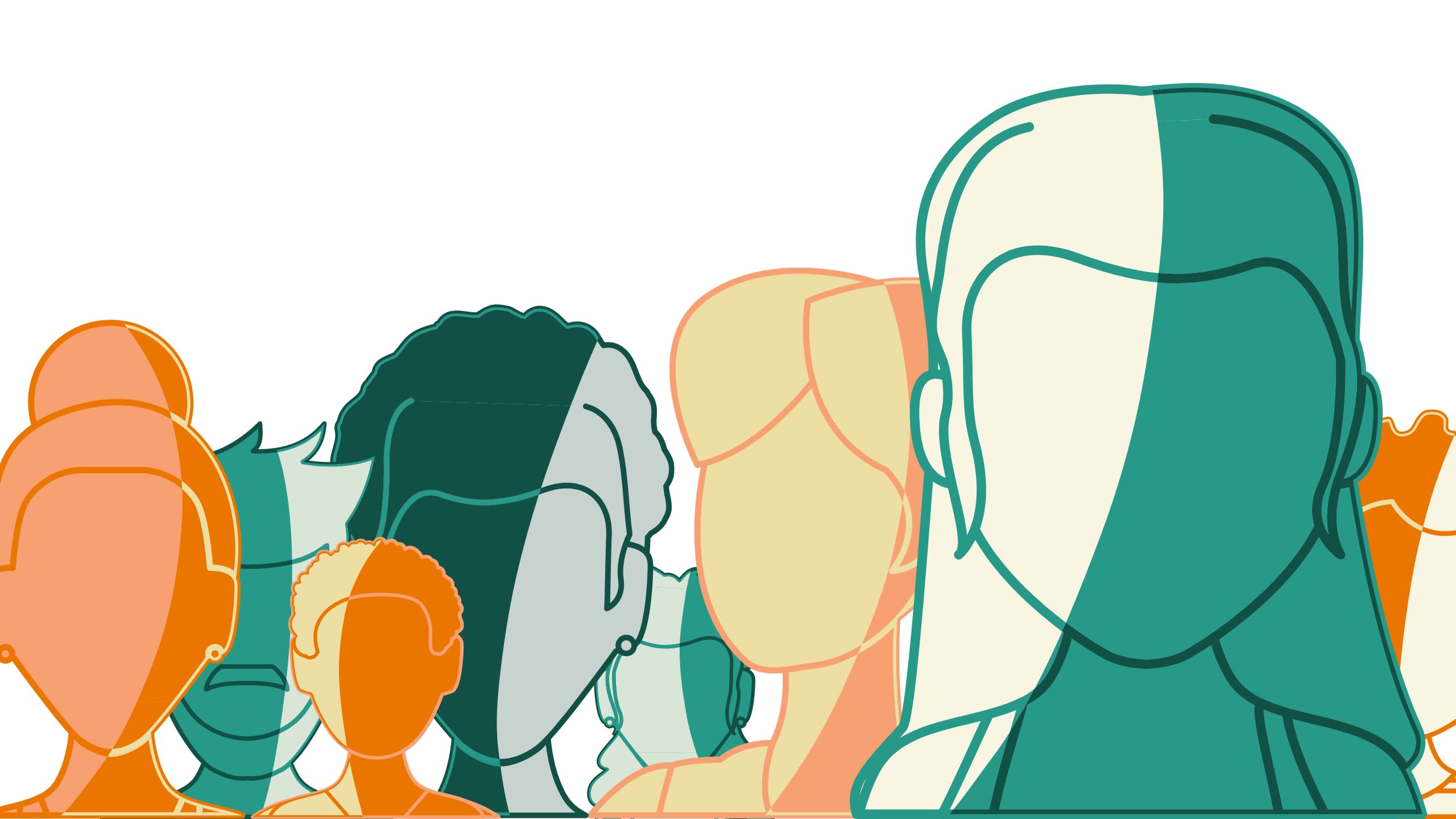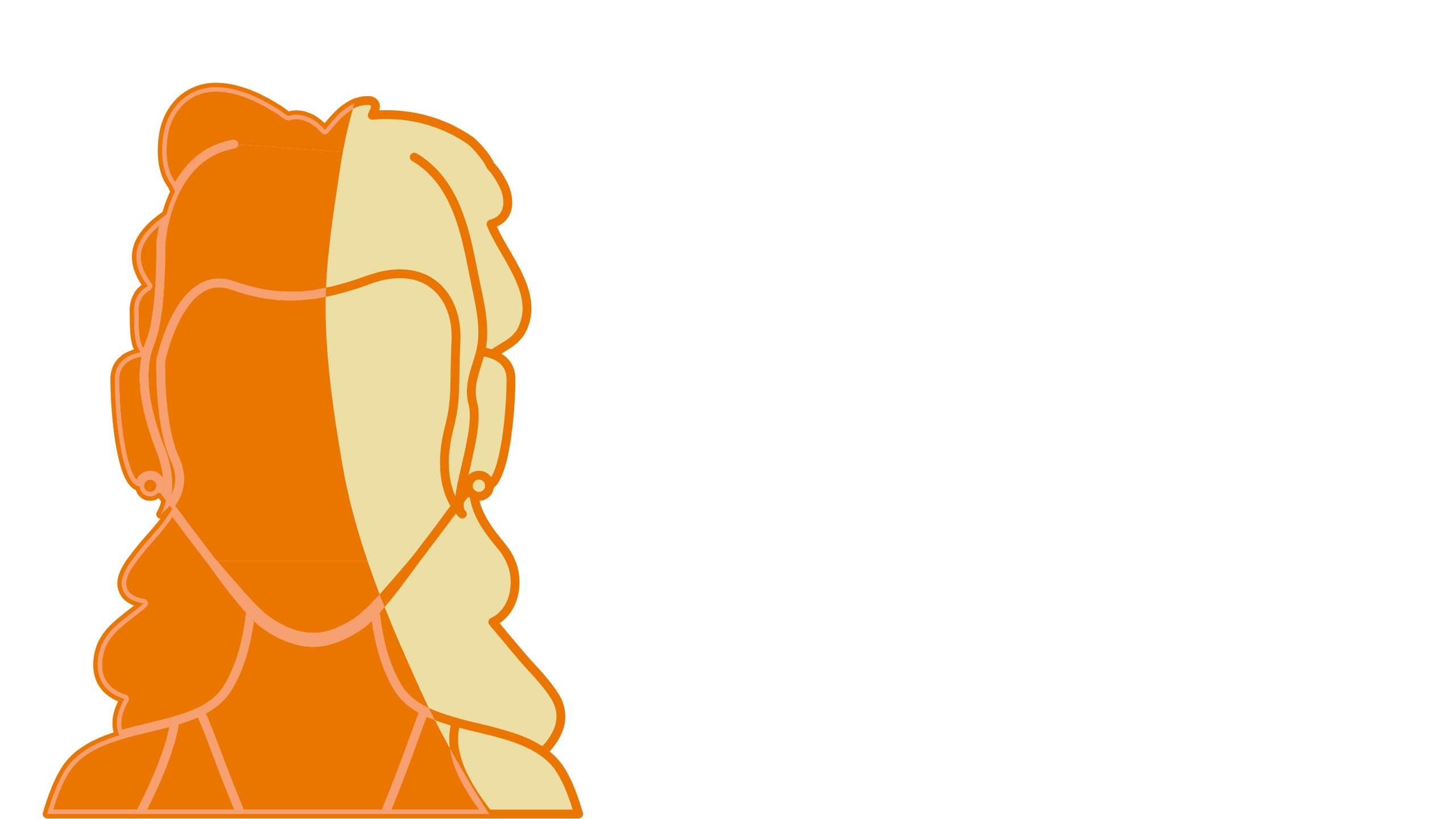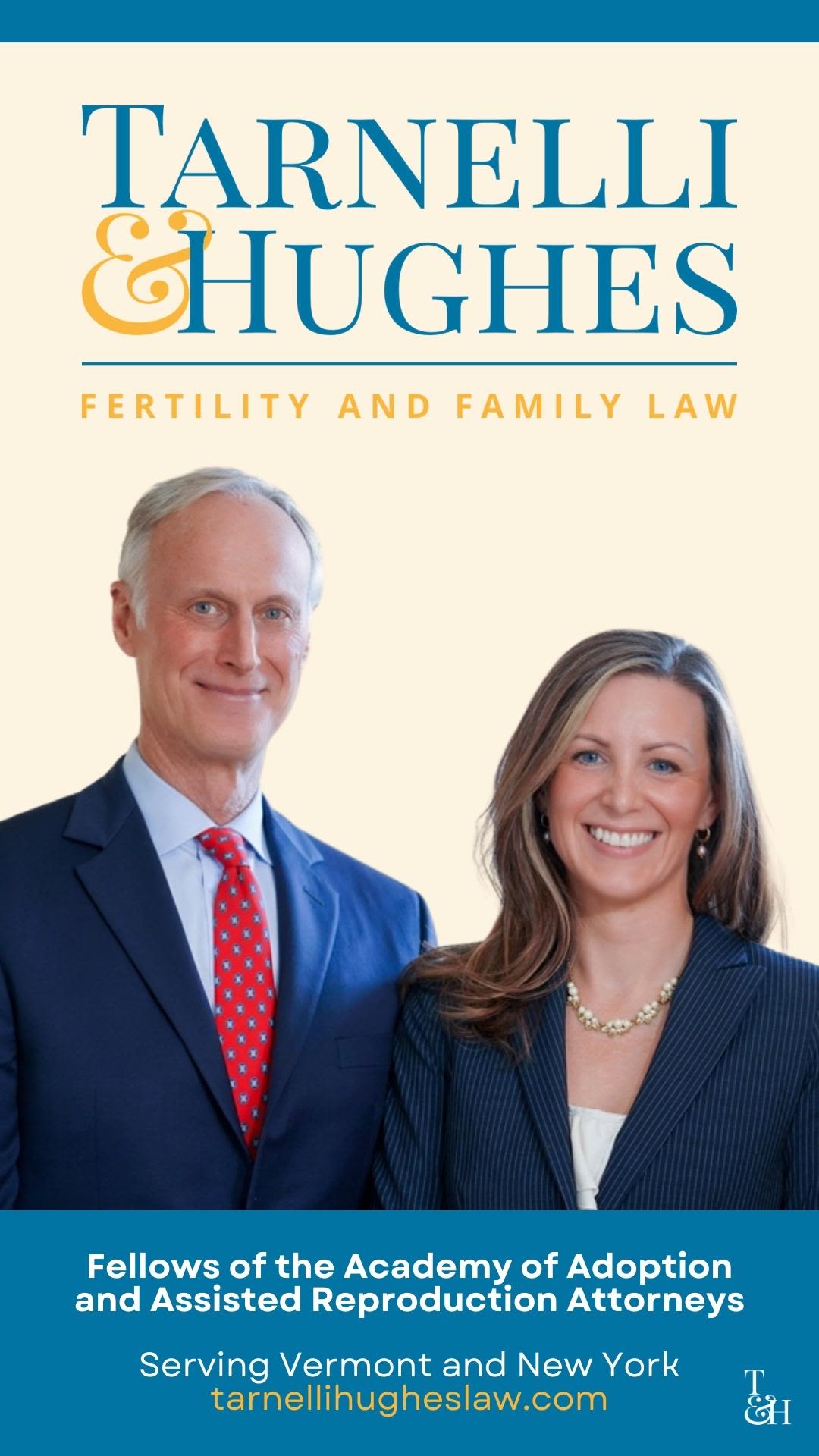Don't Worry About It

They asked my mother to leave the room for a minute. My pediatrician pulled the rolling chair up close to my knees and sat down in front of the exam table.
I recall her starting the sentence with, “So I just want to have a conversation with mom out of the room.”

I was told I had endometriosis when I was 14 years old.
The doctor threw the word around so easily like it was an everyday thing, but all I knew was that it was the main reason behind my heavy menstrual cycles. It was the perfect scapegoat for my cramps, fluctuating hormones, and lower back pain. However, aside from that, I knew nothing more about this foreign word.
For so long I assumed every person who had a period bled through a heavy pad and super plus tampon within 40 minutes. Not long enough for me to make it through an entire math class, so I would have to sit in the back of the room being uncomfortable until I was dismissed. At which point I would make a quick exit to the bathroom to assess the damage. Humiliating for a 14 year old to feel like they were still in diapers once or twice every month. Everyone who has ever had a period can plainly acknowledge that it sucks. However, how do we teach people the difference between normal periods and excessive bleeding? What to do when our body is out of the ordinary?
Being able to recognize when the body falls out of normalcy, seeking individualized care and self advocacy are important skills to have. We constantly minimize the subjective experience of pain, especially when it comes to women. Whether it is with menstruation, endometriosis, Polycystic Ovary Syndrome (PCOS), Premenstrual Dysphoric Disorder (PMDD), IUD insertion, or processes such as PAP smears, IVF, and childbirth. The blurred line of physical pain and discomfort is often dismissed as emotional pain or drama.
“You probably have endometriosis which could affect things later, but for now don’t worry about it.”
In one breath she dropped a diagnosis after explaining that bleeding through a super plus tampon and maxi pad was in fact “out of the ordinary”. BUT I don’t have to worry about said issue.
"Is there a cure?," I thought to myself. Can I do something to change the trajectory?
When IS this something I need to be worried about?

When I turned 16 and was able to drive myself to my own doctor’s appointments, they asked
“Have you considered trying the pill?”
I still had not solved my heavy periods and cramps issue. I had merely adapted and grown accustomed to just living with it. During this visit, they referred to my uterus as “hostile”.
I remember laughing it off, as how could a body part have more emotions than I do? They told me that the chances of me ever conceiving would therefore be diminished, but overall I had nothing to worry about. I still knew nothing more about endometriosis. I had no person or resources that ever explained the condition in more detail, and there was no real follow up plan.
I know - unfortunately - that my experience is not unique.
Throughout history, the topic of reproductive health has been taboo. Though people have become more comfortable about starting the conversations, there is still a hesitancy. Education about our bodies is focused more on the mechanics. The institutionalized and general terms for anatomy to explain reproduction are so “straightforward". For example: this is the vagina, this is the penis, don’t do this, make sure you use a condom. Here’s a pamphlet for birth control. Figure it out yourself. It forces teenagers to do so much independent research without any guidance or help. On top of that, it neglects the importance of moving beyond the labels to build understanding of the basic body parts and their functions.
Rather than relegating sex education to a single awkward conversation about menstruation, sex, and preventing pregnancy, a more holistic approach could be used to encompass the body's various systems. Just as we learn about the digestive system and senses, openly discussing reproductive health including the challenging and unspoken aspects will be helpful in the long run.
From talking to family and close friends about this topic, in regards to their education, and information they received, I had a variety of responses. Of the people I spoke to, many shared their personal experience with reproductive education, infertility and the measures they took to build a family.
An older male told me he went to a religious school so got “less then nothing” in terms of “sex education.”
A friend said they had really painful periods with no diagnosis and spent many days in middle school in the nurse’s office.
A colleague in her 20s shared that she had PCOS and wanted to have children in the future but felt lost in the “vast sea of the medical field,” as she had little knowledge and resources to turn to.
Someone who told me their story of not being able to conceive after their firstborn, so they then turned to adoption to welcome a second child to their family.
They were never interested in IVF, feeling as though they did not want to take the chance of it not working and go through an entire “hormonal process.”
A family friend told me they thought his wife was infertile and for so long blamed her, but actually discovered he had “the problem.”
A close family friend told me they had a child via IVF and just recently closed the door to another child through IVF because their “fertile window” had shut.
Another close friend had tried to conceive for many years but realized it was just too expensive to try IVF or adoption so they left behind their dream of ever having their own child.
The diverse experiences and challenges related to reproductive health and well-being that one encounters in life starts long before most people are trying to conceive.
Reproductive education focuses on preventing pregnancy until there is all of a sudden a pressure to become pregnant. It is such a delicate time balanced formula. For so long young adults are told not to get pregnant. That’s what most of sex education revolves around. Then, as if a switch is flipped, the most asked question is: when are you going to have children? Where and when is that transition point?
When receiving a diagnosis that could potentially impact family building at a young age, shouldn’t that involve further conversations, either looping parents or guardians in to help explain and make sure the conversation continues, or finding a comprehensive way to deliver the information in an age appropriate way. Even incorporating fertility preservation as an option for patients.
Even without a potentially impactful diagnosis, people in their 20s are not necessarily even focused on having children, but there is a time pressure to have children both from society and biological standpoint. Speaking to a handful of college students, they all acknowledged the lack of resources they were given as a teenager and wished they knew more about their own body, reproductive health and options.
Rescripted, a global media platform dedicated to providing information and resources about women’s health, conducted a survey that reached 1,000 people from the community. They found that while 76% of respondents believe that social media and the internet are the main source of misinformation regarding reproductive and sexual health, 94% rely on Google, social media and other various platforms to learn about these topics.
Many people I chatted with have not known what to ask when they get a diagnosis or information in regards to their care. Realizing from a young age that many females just had the conversation of “here’s your period, I’m sorry you have to just deal with it,” most patients are not empowered to question what is going in their own bodies. This can be pretty detrimental when the body falls out of normalcy. How can we identify that? For so long I thought my body was normal, and the pain I was experiencing made me dramatic, not strong enough to deal with the “gift of womanhood”. The feedback around me also made me downplay my symptoms as my friends would also always complain about cramps or “bad” periods too. This is normal I would tell myself. It is a natural process. Someone I spoke to told me they had three periods a month and essentially bled constantly when they were only 8 years old.
Endometriosis is actually a common condition that impacts 200 million people globally. It is known to affect at least 7-15% of women. In the book Bleed: Destroying Myths and Misogyny in Endometriosis Care, author Tracey Lindeman talks about the type of pain that others deem as “imaginary”. This combination memoir and investigative piece delves into a system that does not acknowledge diseases that are beneath the skin and invisible to the naked eye. Why is it that we can identify that our eyes are blurry from fatigue and we are not going blind, but when it comes to other experiences such as periods and cramps, it’s difficult to mitigate and find those lines?
All of this has left me with the question, how can we make a digestible education for the younger generations to have a better understanding of the way their bodies work and be prepared for future decisions down the line?
I spoke with Davina Fankhauser whose personal journey led her to become the co-founder of Fertility Within Reach (FWR), a non profit organization dedicated to raising awareness about infertility and reproductive health.
From the age of 16, Davina suffered from extreme and heavy periods. She was put on a birth control pill but never had the type of relationship with her parents to really discuss what was going on. Her endometriosis went undiagnosed for over 7 years, during which time she struggled to become pregnant. Only after extensive testing and research did things become more clear. The years of suffering and pain got her thinking.
What’s healthy fertility, what's normal, what's abnormal? What makes you go to the doctor? Why are we not talking about this?

To answer these questions, FWR and Brigham and Women’s Hospital have joined forces to research how reproductive health topics are addressed in sex education. They envision a curriculum stemming from the survey findings that will comprehensively address the reproductive health concerns of all age groups. The hope is to equip individuals with essential knowledge, identifying gaps in their understanding of reproductive health.
People, more times than not, understand and find out about their reproductive system too late. It is in the moment when a problem arises that it should be addressed with transparent, age-appropriate conversations. Davina’s personal narrative intertwined with her research interests, as it took over a year to discover the underlying cause of her conception difficulties. However, it does not have to be that way for the next generation.
I originally thought that no one had my experience. I simultaneously felt alone and yet that this was just how periods were.
However, now I know that most people are trying to find information but unable to open the door and find accessible resources.
I am just one story among the many communities of people who have been failed by reproductive education. It has become clear to me that the issue is the lack of conversations and comprehensive education about our own bodies.
Lilu McNiff is a current college student at Brandeis University. She is an intern at RNE and very excited to continue her career in the health field.
Originally from Maine, Lilu grew up in a very rural area called Brooksville, where the book by Robert McCloskey Blueberries for Sal was written. She is studying Public Health with a double minor in Journalism and Filmmaking. After this, Lilu is working towards a nursing degree or something healthcare related, but still figuring out her path.
When she is not doing something academic, Lilu works as a Behavior Technician. She can be found dancing, sailing or finding dogs to pet in the city.


